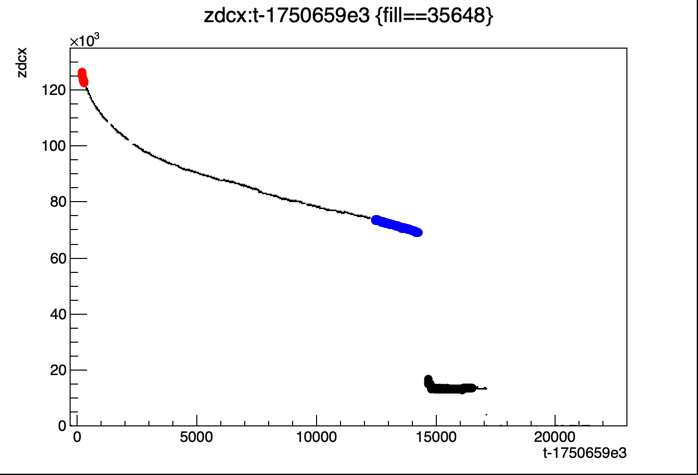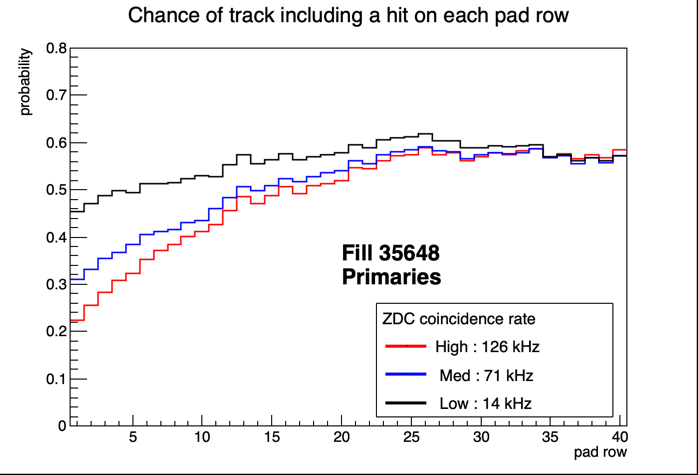- genevb's home page
- Posts
- 2025
- 2024
- 2023
- 2022
- September (1)
- 2021
- 2020
- 2019
- December (1)
- October (4)
- September (2)
- August (6)
- July (1)
- June (2)
- May (4)
- April (2)
- March (3)
- February (3)
- 2018
- 2017
- December (1)
- October (3)
- September (1)
- August (1)
- July (2)
- June (2)
- April (2)
- March (2)
- February (1)
- 2016
- November (2)
- September (1)
- August (2)
- July (1)
- June (2)
- May (2)
- April (1)
- March (5)
- February (2)
- January (1)
- 2015
- December (1)
- October (1)
- September (2)
- June (1)
- May (2)
- April (2)
- March (3)
- February (1)
- January (3)
- 2014
- December (2)
- October (2)
- September (2)
- August (3)
- July (2)
- June (2)
- May (2)
- April (9)
- March (2)
- February (2)
- January (1)
- 2013
- December (5)
- October (3)
- September (3)
- August (1)
- July (1)
- May (4)
- April (4)
- March (7)
- February (1)
- January (2)
- 2012
- December (2)
- November (6)
- October (2)
- September (3)
- August (7)
- July (2)
- June (1)
- May (3)
- April (1)
- March (2)
- February (1)
- 2011
- November (1)
- October (1)
- September (4)
- August (2)
- July (4)
- June (3)
- May (4)
- April (9)
- March (5)
- February (6)
- January (3)
- 2010
- December (3)
- November (6)
- October (3)
- September (1)
- August (5)
- July (1)
- June (4)
- May (1)
- April (2)
- March (2)
- February (4)
- January (2)
- 2009
- November (1)
- October (2)
- September (6)
- August (4)
- July (4)
- June (3)
- May (5)
- April (5)
- March (3)
- February (1)
- 2008
- 2005
- October (1)
- My blog
- Post new blog entry
- All blogs
Run 25 luminosity impacts on track reconstruction
Updated on Tue, 2025-06-24 22:51. Originally created by genevb on 2025-06-24 22:29.
I took 3 runs from fill 35648, near the beginning, middle, and end, to capture 3 significantly different luminosities. These can be characterized by the following ZDC coincidence rates:
run 26174012 : 126.0 kHz
run 26174022 : 71.1 kHz
run 26174023 : 13.7 kHz

The step down between runs 022 and 023 are due to a change in the collider's crossing angle at that time (see the Run 25 ESL for that day).
There wasn't really any TPC SpaceCharge calibration in place before I did this, so I used 25 events from each of these three runs to estimate a constant value of SpaceCharge I could use to correct the data (and get the specific above-noted ZDC coincidence rates), then processed 200 events from each of these 3 runs with their respective SpaceCharge estimate corrections to obtain PicoDsts. From the PicoDsts, I used the iTPC hit topology map to determine likelihood of each track containing a hit on each pad row. This I did for primary tracks (with and without a restriction to also have a BTOF match, despite BTOF being uncalibrated). This gave me the following plots:


I also tried including a cut on having small pseudorapidity, to reduce the impacts of tracks which go out the TPC ends via this restriction: abs(pZ/pT) < 0.5

The code I used is included below as a comment.
These plots tell the same story that increasing luminosity has almost no impact at mid-radii in the TPC (padrows near 40), while the impact is notable at low radii (padrows near 1). Conversely, the BTOF matching does lead to a higher probability of having hits at mid-radii, but has no noticeable impact on the probabilities at low radii. The impacts of the cut on using only small eta are minor.
There is the possibility that incorrect TPC SpaceCharge calibration may play a role, as the correction is greater at low radii than at mid-radii. However, the more likely culprit is occupancy impacts on the ability to reconstruct good cluster in the lower padrows at high luminosity. It is curious that even at low luminosity there remains a significant drop in probability at low radii.
-Gene
run 26174012 : 126.0 kHz
run 26174022 : 71.1 kHz
run 26174023 : 13.7 kHz
The step down between runs 022 and 023 are due to a change in the collider's crossing angle at that time (see the Run 25 ESL for that day).
There wasn't really any TPC SpaceCharge calibration in place before I did this, so I used 25 events from each of these three runs to estimate a constant value of SpaceCharge I could use to correct the data (and get the specific above-noted ZDC coincidence rates), then processed 200 events from each of these 3 runs with their respective SpaceCharge estimate corrections to obtain PicoDsts. From the PicoDsts, I used the iTPC hit topology map to determine likelihood of each track containing a hit on each pad row. This I did for primary tracks (with and without a restriction to also have a BTOF match, despite BTOF being uncalibrated). This gave me the following plots:
I also tried including a cut on having small pseudorapidity, to reduce the impacts of tracks which go out the TPC ends via this restriction: abs(pZ/pT) < 0.5
The code I used is included below as a comment.
These plots tell the same story that increasing luminosity has almost no impact at mid-radii in the TPC (padrows near 40), while the impact is notable at low radii (padrows near 1). Conversely, the BTOF matching does lead to a higher probability of having hits at mid-radii, but has no noticeable impact on the probabilities at low radii. The impacts of the cut on using only small eta are minor.
There is the possibility that incorrect TPC SpaceCharge calibration may play a role, as the correction is greater at low radii than at mid-radii. However, the more likely culprit is occupancy impacts on the ability to reconstruct good cluster in the lower padrows at high luminosity. It is curious that even at low luminosity there remains a significant drop in probability at low radii.
-Gene
»
- genevb's blog
- Login or register to post comments
